
Is Pickleball Still Experiencing Explosive Growth and are Participants Skewing Younger?
According to the latest Sports & Fitness Industry Association (SFIA) report recently published, a total of 13.6 million Americans played pickleball in 2023.
This is more than a 50 percent increase over the 9 million people who reportedly played in 2022. That's triple the number of people since 2020, when 4.2 million Americans reportedly played.
What else did we learn about our sport from this report? Plenty.
Who is playing, and how often?
The SFIA report also provided statistics on key demographics for pickleball.
Total players
According to the report, the breakdown of TOTAL pickleball participants (meaning they played at least one time in 2023) includes:
Age Group - # of Participants
- 6-12 year olds: 1.56 million
- 12-17 year olds: 1.27 million
- 18-24 year olds: 1.81 million
- 25-34 year olds: 2.27 million
- 35-44 year olds: 1.61 million
- 45-54 year olds: 1.27 million
- 55-64 year olds: 1.7 million
- 65+ year olds: 2.09 million
This means the top three most common age groups that played at least once are 25-34-year-olds, 65+-year-olds, and 18-24-year-olds.
Also, the report shows that 59.1 percent of players are male, while 40.9 percent are female.
Casual player numbers
In the casual player category – meaning they played 1-7 times in 2023 – the top age groups were:
- 25-34 year olds: 1.8 million
- 18-24 year olds: 1.42 million
- 6-12 year olds: 1.19 million
The male and female split remained the same at 59.1 and 40.9 percent, respectively.
CORE player numbers
For the most pickleball-obsessed group – those who played at least eight times in '23 – the numbers skew a bit older.
The top groups that played pickleball the most were:
- 65+ year olds: 1.35 million
- 55-64 year olds: 921k
- 45-54 year olds: 538k
The male and female split was precisely the same as before.
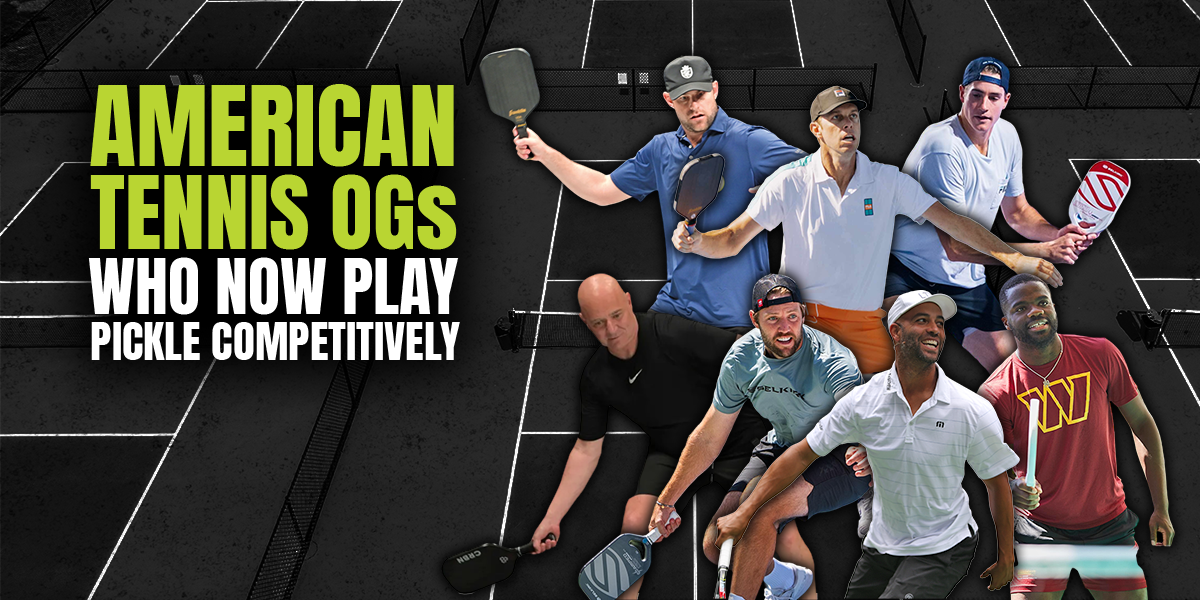
Other sports pickleballers play
The report also provides statistics on what other sports pickleball players are active in. Here are some notable ones:
- Bowling (38.2 percent)
- Walking for fitness (36.6 percent) and hiking (27.9 percent)
- Golf (22.6 percent)
- Table tennis (23.2 percent)
- Tennis (27.4 percent)
- Yoga (26.6 percent)
- Outdoor soccer (13.2 percent) and indoor soccer (10.4 percent)
Pickleball is no longer just an American sport
Of course, these numbers are impressive. But perhaps what's most impressive is what these numbers don't say.
From reporting about it several times this past year, we know that pickleball isn't just an American game anymore. It's a worldwide phenomenon.

In the last few weeks alone, there have been international events in India and the UK.
We don't yet have statistics on the worldwide number of pickleball players, but it's not hard to imagine it being at least 2-3 times the number of reported players in the US alone.
Why pickleball gained popularity
Pickleball’s surge in popularity in the US began during the COVID-19 pandemic.
The pandemic caused widespread closures of gyms and recreational facilities, leaving people searching for ways to stay active and socially connected while adhering to social distancing guidelines. With its minimal equipment requirements, small court size, and ability to be played outdoors, pickleball quickly emerged as an ideal solution.
The sport’s accessibility for players of all ages and skill levels made it even more attractive when people were looking for engaging activities.
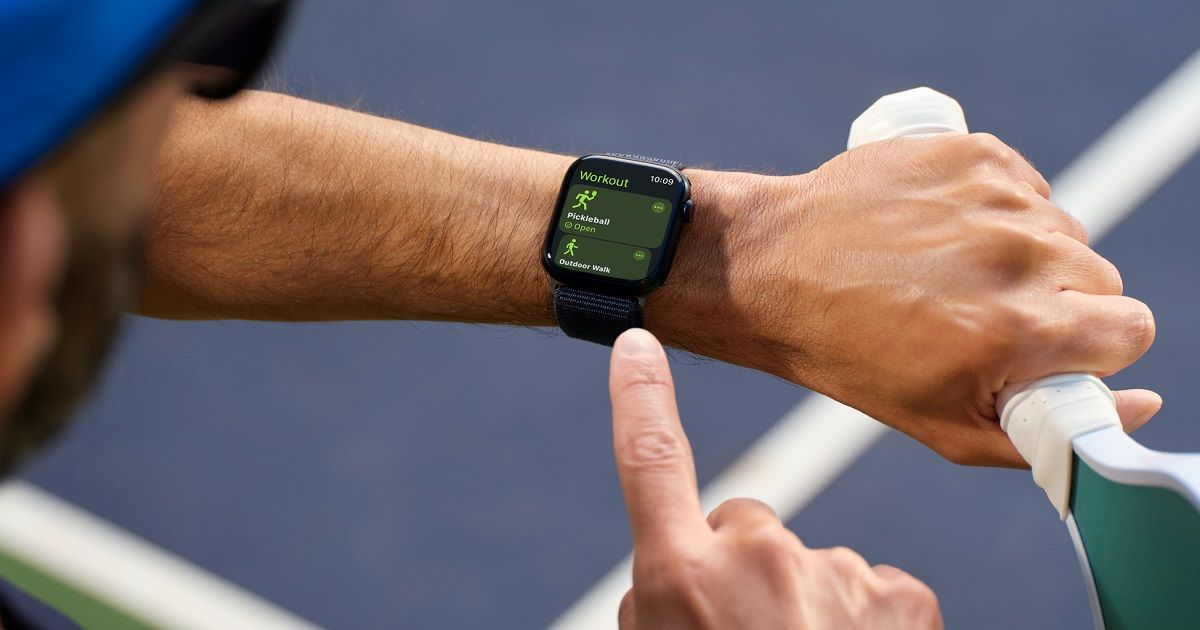
Moreover, the pandemic prompted a shift in how people value their leisure time, with many seeking activities that could be enjoyed close to home. Pickleball courts, which can be easily set up in driveways, backyards, and local parks, provide a convenient and enjoyable way for families and neighbors to come together safely.
The game’s social aspect and ability to offer both competitive and casual play appealed to a wide audience, from retirees looking for a low-impact sport to younger adults seeking a fun way to stay active.
The sport’s rapid growth was also fueled by its inclusivity.
Unlike many traditional sports, pickleball doesn’t require significant prior athletic experience, making it accessible to a broader demographic. The ease with which new players can learn the game and start having fun almost immediately has led to a community-driven boom, with enthusiasts spreading the word and encouraging others to join in.
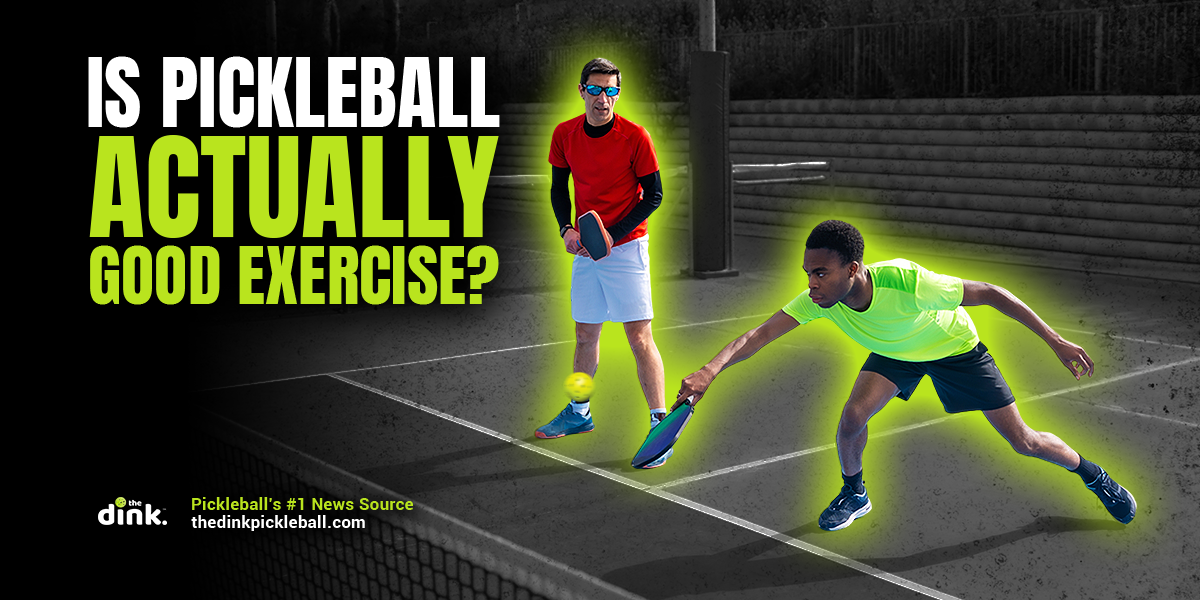
As a result, pickleball has transitioned from a niche activity to a mainstream sport. Its community of players has grown exponentially and is fostering a culture of health, wellness, and camaraderie that continues to thrive.
Will pickleball's growth continue?
The continued growth of pickleball is a topic of much debate among sports enthusiasts and industry analysts. On one hand, the sport’s rapid rise suggests that it has tapped into a genuine and enduring interest, with millions of new players picking up paddles each year.
Factors that contributed to its initial surge — such as its accessibility, low cost of entry, and broad appeal across age groups — remain strong, which bodes well for its sustained popularity.

Additionally, the sport’s increasing visibility, with professional leagues, televised matches, and dedicated facilities being developed across the country, is helping to solidify its place in the American sports landscape.
As more people become aware of pickleball through these channels, it will likely continue to attract new players.
However, with the sport having grown so quickly in such a short period, some wonder whether it might eventually reach a point where the number of new players plateaus.
Another factor that could influence pickleball’s future growth is the availability of space and resources. As the sport expands, the demand for courts and facilities could outpace supply, leading to overcrowded venues and potentially limiting opportunities for new players to join.
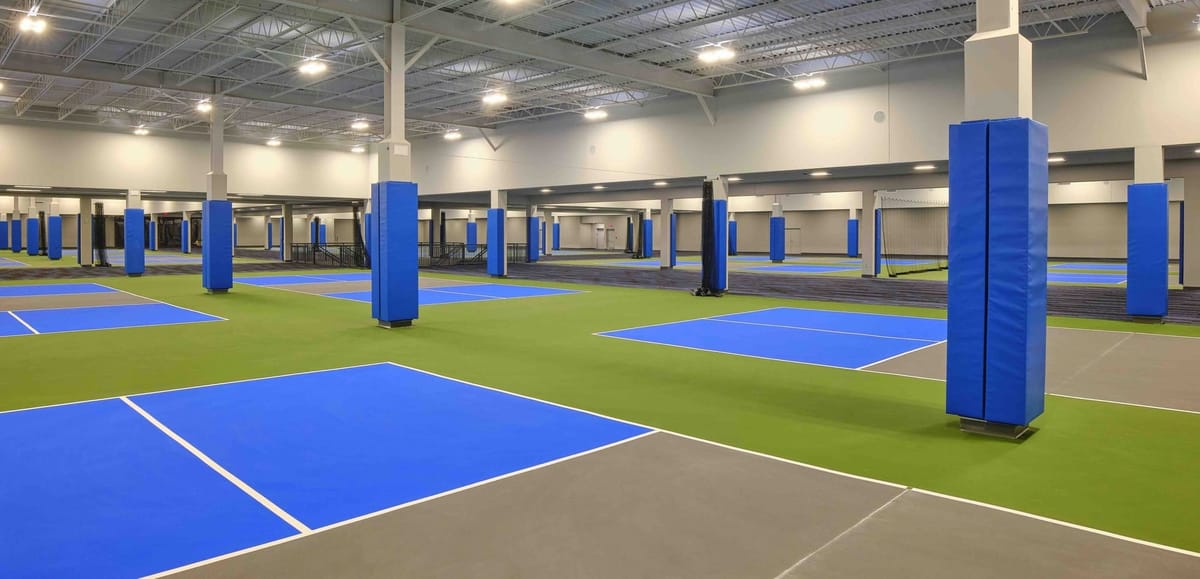
Communities and local governments must invest in building and maintaining sufficient infrastructure to support the growing pickleball community. Moreover, the sport’s governing bodies and organizations must promote inclusivity, ensuring that pickleball remains accessible and appealing to a diverse range of players.
While there are valid concerns about the sustainability of pickleball’s rapid growth, the sport’s foundational strengths – and efforts to promote and develop it – suggest that it has the potential to continue thriving.
How you can get started in pickleball
The first step is to find a local court, often located at community centers, parks, or even converted tennis courts. Many areas have growing pickleball communities, so joining a local club or group can be a great way to meet other players and learn the basics.

All you need is a pickleball paddle, a few balls, and a friend or two. Starter paddles and balls are inexpensive and can be found at most sporting goods stores or online, making it easy to start without a significant investment.
Once you have your gear, learning the rules and techniques is the next step.
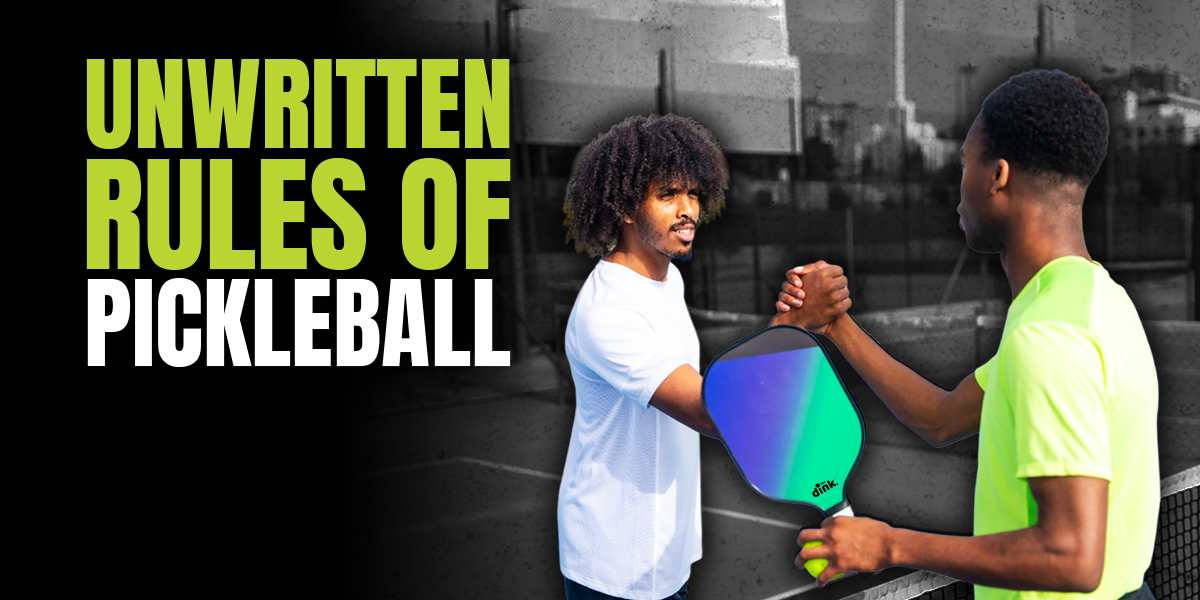
Pickleball is a blend of elements from tennis, badminton, and ping pong, so if you’ve played any of these sports, you’ll find some of the concepts familiar.
However, even if you’re completely new to racket sports, pickleball’s learning curve is still simple enough that many players can pick up the basics after just a few games.
Consider taking a beginner’s class or watching instructional videos online to understand the fundamentals like serving, volleying, and scoring. As you gain confidence, practice with others, and participate in casual games, you’ll quickly realize what makes pickleball so popular.
Also, be sure to follow The Dink where we celebrate and report on all things pickleball all day, every day.


Love Pickleball? Join 100k+ readers for free weekly tips, news & gear deals.
Subscribe to The DinkGet 15% off pickleball gear at Midwest Raquet Sports











